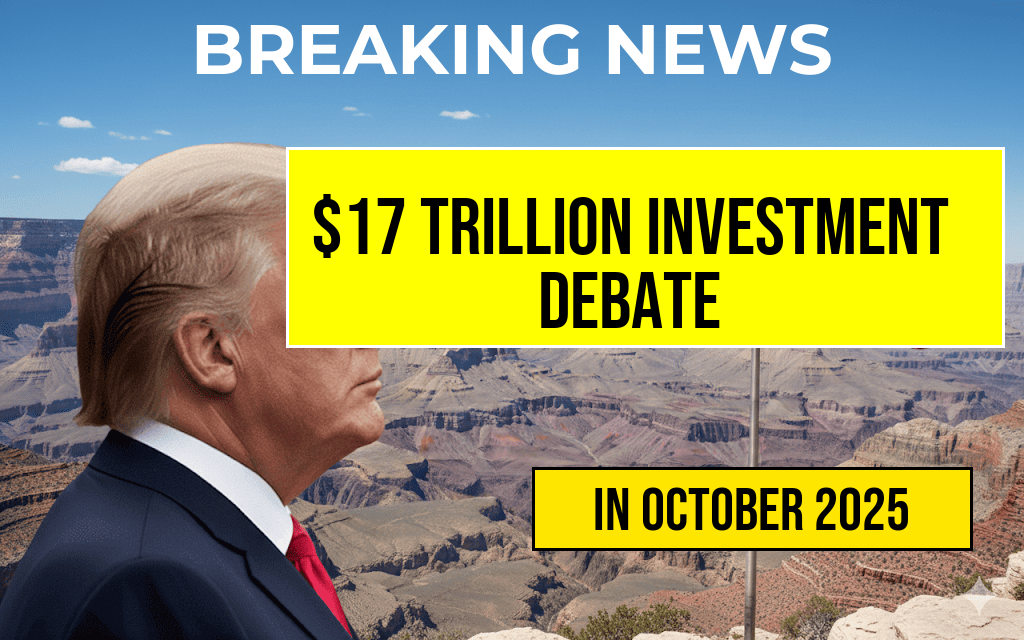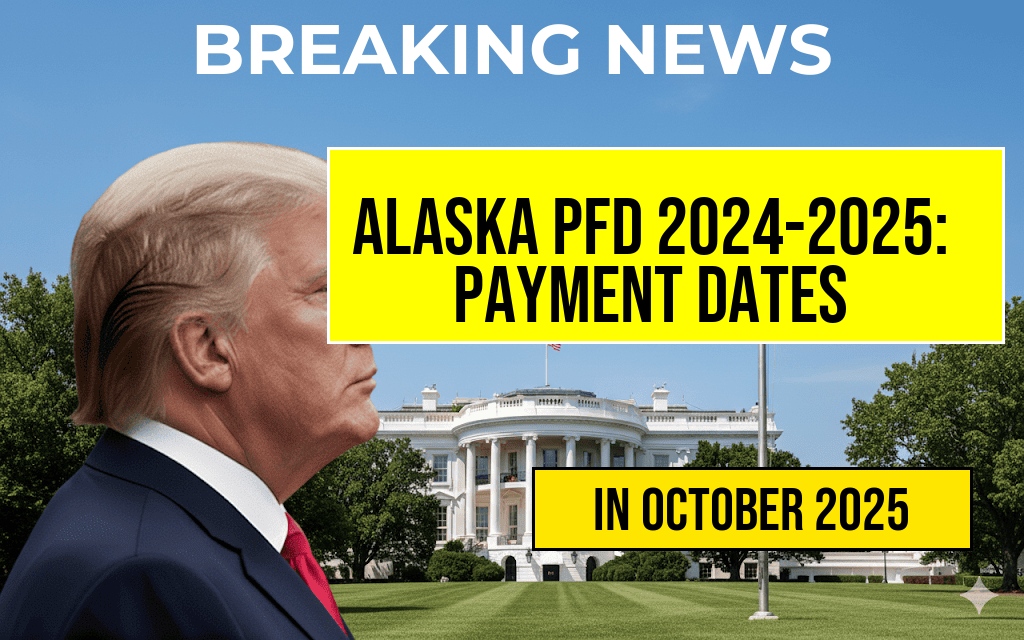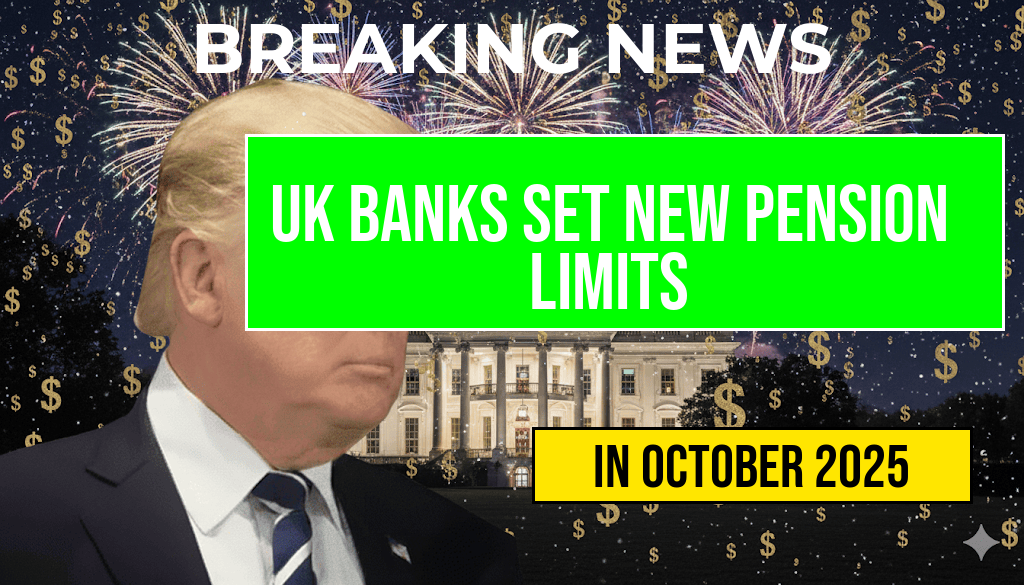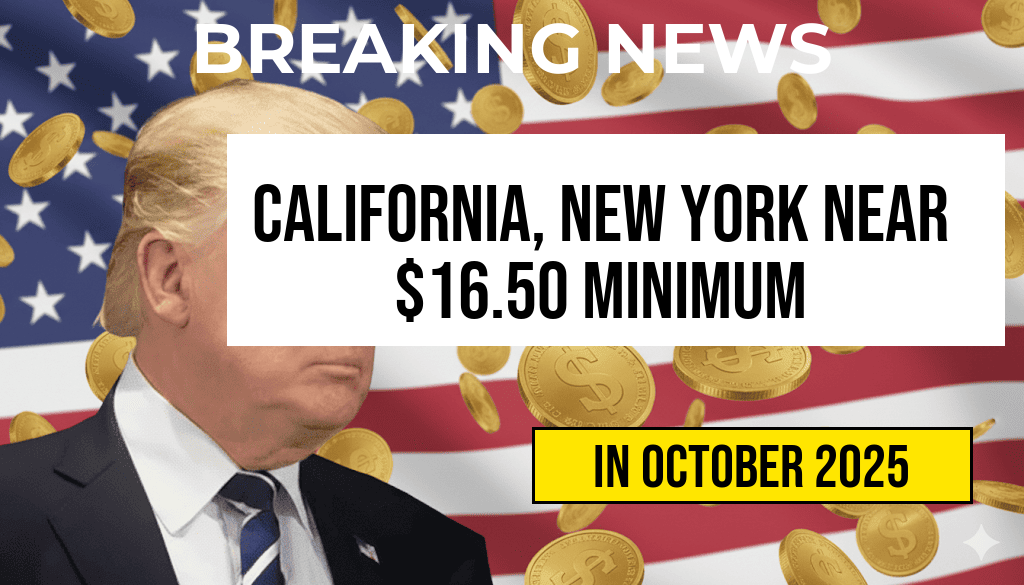Amidst growing debate, economists are sharply divided over the accuracy of former President Donald Trump’s claims regarding his proposed $17 trillion global investment plan. Trump asserts that his initiatives could catalyze unprecedented economic growth, asserting that his investments would unlock vast new markets and stimulate global economic activity. However, analysts caution that such estimates may be overly optimistic or lack comprehensive backing, raising questions about the realistic potential of these projections. As political figures and financial experts clash over the validity of the figures, the debate underscores broader uncertainties surrounding international investment strategies and the influence of political rhetoric on economic forecasts.
The Origins of the $17 Trillion Figure
Trump’s investment proposal, unveiled during his recent rallies and policy speeches, claims that his targeted initiatives could generate up to $17 trillion in global economic activity over the next decade. The figure, according to the former president, encompasses a broad spectrum of sectors including infrastructure, technology, energy, and manufacturing. His supporters argue that this ambitious plan would not only revive American industry but also invigorate international markets, fostering a new era of economic prosperity.
However, the origins of the figure are somewhat opaque. Critics point out that the estimate appears to be based on extrapolations from limited data, with some analysts suggesting that the figure may include projected cumulative benefits rather than direct investments. The plan’s details, which remain partly speculative, have yet to undergo rigorous economic modeling or peer review. Nonetheless, the figure has gained traction among supporters who see it as a bold vision for global economic leadership.
Economic Experts Clash Over Feasibility
Supporters’ Perspective
- Proponents argue that the $17 trillion estimate reflects the potential multiplier effects of targeted investments in key sectors.
- They cite historical precedents where large-scale infrastructure and industrial policies spurred significant economic growth, citing examples such as post-World War II reconstruction efforts.
- Supporters contend that strategic partnerships and deregulation could accelerate investment flows, creating new markets and job opportunities globally.
Critics’ Concerns
- Many economists warn that the estimate may be overly optimistic, lacking detailed methodology or consideration of macroeconomic constraints.
- Some point out that global markets are complex, with numerous variables that can dampen or amplify the impact of such investments, making precise projections challenging.
- Others highlight potential risks such as inflation, debt accumulation, and geopolitical instability, which could undermine the projected benefits.
- Research from institutions like the IMF emphasizes caution when projecting long-term economic impacts based on large investment plans.
The Political and Economic Context
The debate over Trump’s investment estimates is intertwined with broader political narratives. Supporters frame the plan as a necessary bold move to restore American economic dominance and foster international cooperation. Conversely, critics question the feasibility and fiscal sustainability, warning against overpromising and underdelivering.
Financial markets and policymakers are closely watching how these claims influence investor confidence and international negotiations. The plan’s success hinges on multiple factors, including global cooperation, regulatory environments, and the actual implementation of proposed policies.
For further insights into international economic forecasts and investment impacts, see resources from Forbes and the Wikipedia Economics page.
Implications for Global Markets
| Sector | Estimated Contribution to $17 Trillion | Key Points |
|---|---|---|
| Infrastructure | $5 trillion | Focus on rebuilding roads, bridges, and ports worldwide |
| Technology | $4 trillion | Investment in emerging tech sectors like AI and renewable energy |
| Energy | $3 trillion | Enhancement of global energy infrastructure and sustainable sources |
| Manufacturing | $2.5 trillion | Revitalization of industrial sectors across multiple countries |
| Other Sectors | $2.5 trillion | Includes agriculture, services, and emerging markets |
While such a breakdown illustrates the broad scope of the plan, critics argue that actual outcomes will depend heavily on execution, global economic conditions, and political stability. The challenge remains translating high-level estimates into tangible, measurable results.
Moving Forward
As the debate intensifies, policymakers and financial analysts emphasize the importance of transparency and rigorous economic analysis before endorsing or dismissing the $17 trillion estimate. Transparency in methodology and clear benchmarks for success are seen as essential to assessing the true potential of such a bold investment initiative.
Observers note that regardless of the ultimate accuracy of the figure, the discussion highlights a broader trend: the increasing importance of international investment strategies in shaping future economic trajectories. With global markets ever more interconnected, the outcomes of these plans could influence economic stability and growth well beyond the United States.
Frequently Asked Questions
What is the main focus of the article titled “The $17 Trillion Question: Economists Clash Over Trump’s Mega Global Investment Estimates”?
The article examines the debate among economists regarding the accuracy and implications of Trump’s mega global investment estimates, which suggest a potential value of $17 trillion in international investments.
Why are economists divided over Trump’s global investment estimates?
Economists are divided because of differing views on the methodology used to calculate the estimates, the potential economic impact of such investments, and the feasibility of the projections being realized.
What are the potential economic implications if Trump’s investment estimates are accurate?
If the estimates are accurate, they could signal a significant boost to the global economy, increase international trade, and potentially lead to job creation and growth opportunities worldwide.
How do different economists justify their contrasting views on the $17 trillion figure?
Some economists argue that the figure is overestimated due to optimistic assumptions and data limitations, while others believe it reflects realistic potential based on historical investment trends and current global market conditions.
What should readers take away regarding the reliability of Trump’s global investment estimates?
Readers should understand that these estimates are subject to debate and uncertainty, emphasizing the importance of considering expert opinions and the methodology behind such large-scale economic projections.






